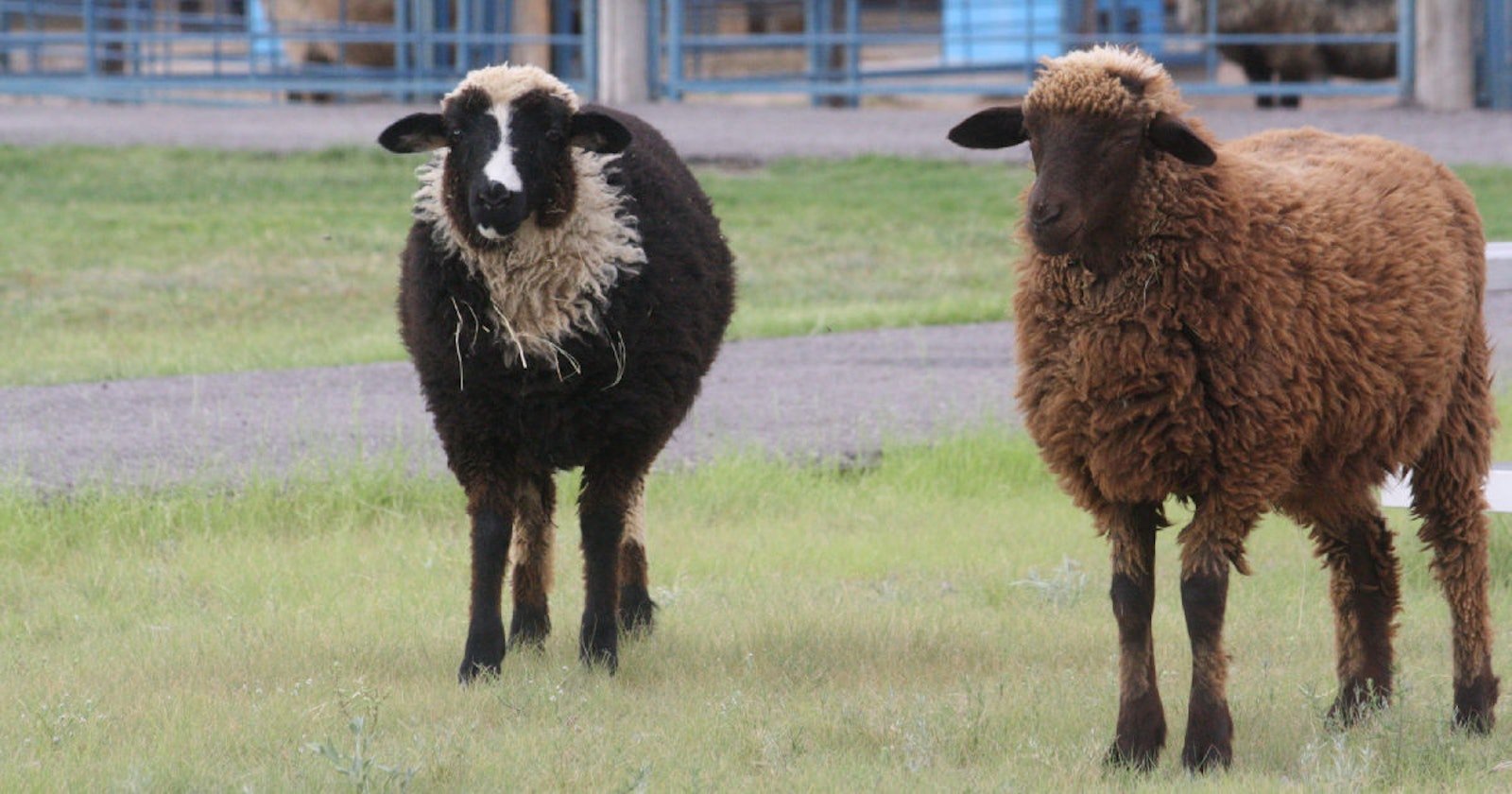Before I became an associate editor at Handwoven, I spent several lovely years working in the education department of the New Mexico Farm and Ranch Heritage Museum. During my time there, I gave tours, taught children’s classes, and learned all about New Mexico’s rich agricultural history. (If you need somebody to tell you how to tell the difference between a brangus* and an angus cow or bull, let me know.) I also spent hours learning about different fiber arts and crafts from amazing volunteers such as Ric Rao, whom I wrote about here. I learned that the story of New Mexico is as intertwined with the fiber arts as warp is with weft.
For that reason, I’m very happy to announce that the New Mexico Farm and Ranch Heritage Museum in Las Cruces, New Mexico, is hosting its first Fiber Fiesta on June 22, 2019 from 10 a.m. to 4 p.m. The event will feature a wide variety of local fiber artists and artisans doing demonstrations of well-known fiber crafts such as spinning, weaving, and knitting, as well as some more-niche techniques, including bobbin lace and tatting.
Some of the sheep living at the Farm and Ranch Heritage Museum. Photos Courtesy of the Farm and Ranch Heritage Museum
Most excitingly for those interested in New Mexican fiber-art techniques, there will also be demonstrators of colcha embroidery and a movie about colcha. For those not familiar with colcha, it is a style of embroidery developed in New Mexico in the Spanish Colonial period originally as a way to mend or decorate bedspreads (or, in Spanish, colcha). Later, women would use this same embroidery technique to decorate other textiles. Unlike modern cotton- or linen-based embroidery, colcha involved wool embroidery yarns (usually handspun) and a handwoven wool base known as sabanilla. (You can learn more about colcha in the November/December 1993 issue of Piecework and in the book New Mexico Colcha Club: Spanish Colonial Embroidery and the Women Who Saved It.)
Along with the demonstrations, various fiber groups will also have booths and there will be food trucks and children’s craft activities from 10 a.m. to 1 p.m. As always, the museum’s exhibit halls and working ranch are open, so you can visit the Fiber Fiesta and then spend some time with the museum’s sheep, including some Navajo-Churro. For this day only, admission to the museum and Fiber Fiesta is free. I know I’ll be there!
For more information, check out the museum website or call 575-522-4100.
Happy Weaving,
Christina
*Brangus have larger, floppier ears and oftentimes have a hump on their back. You’re welcome.


